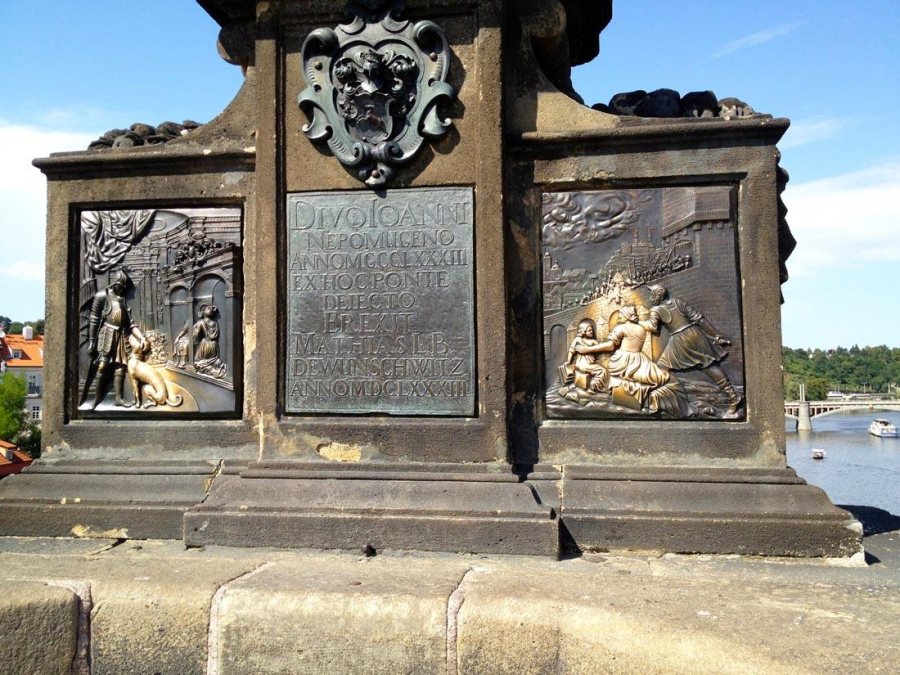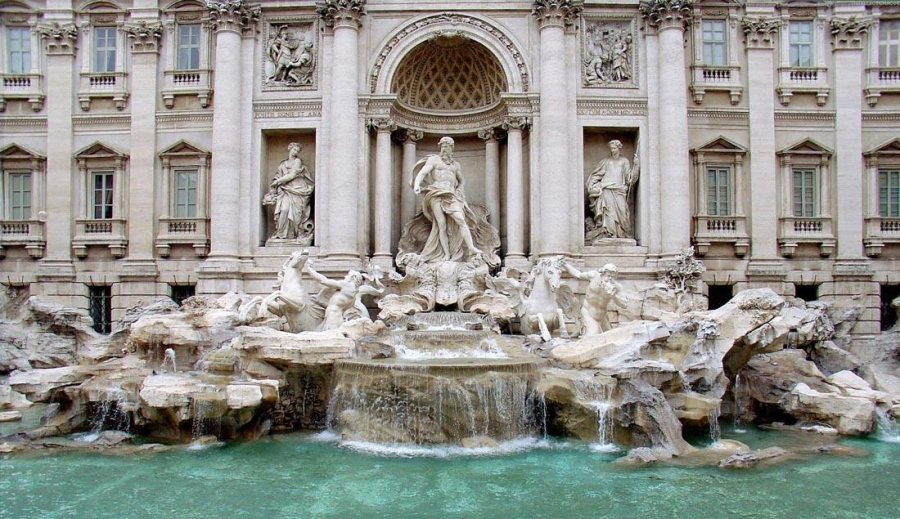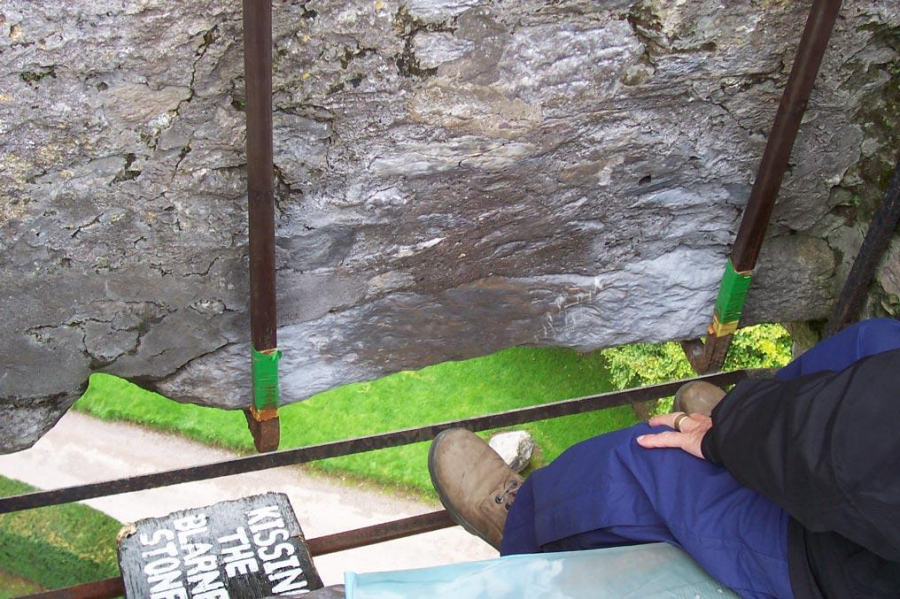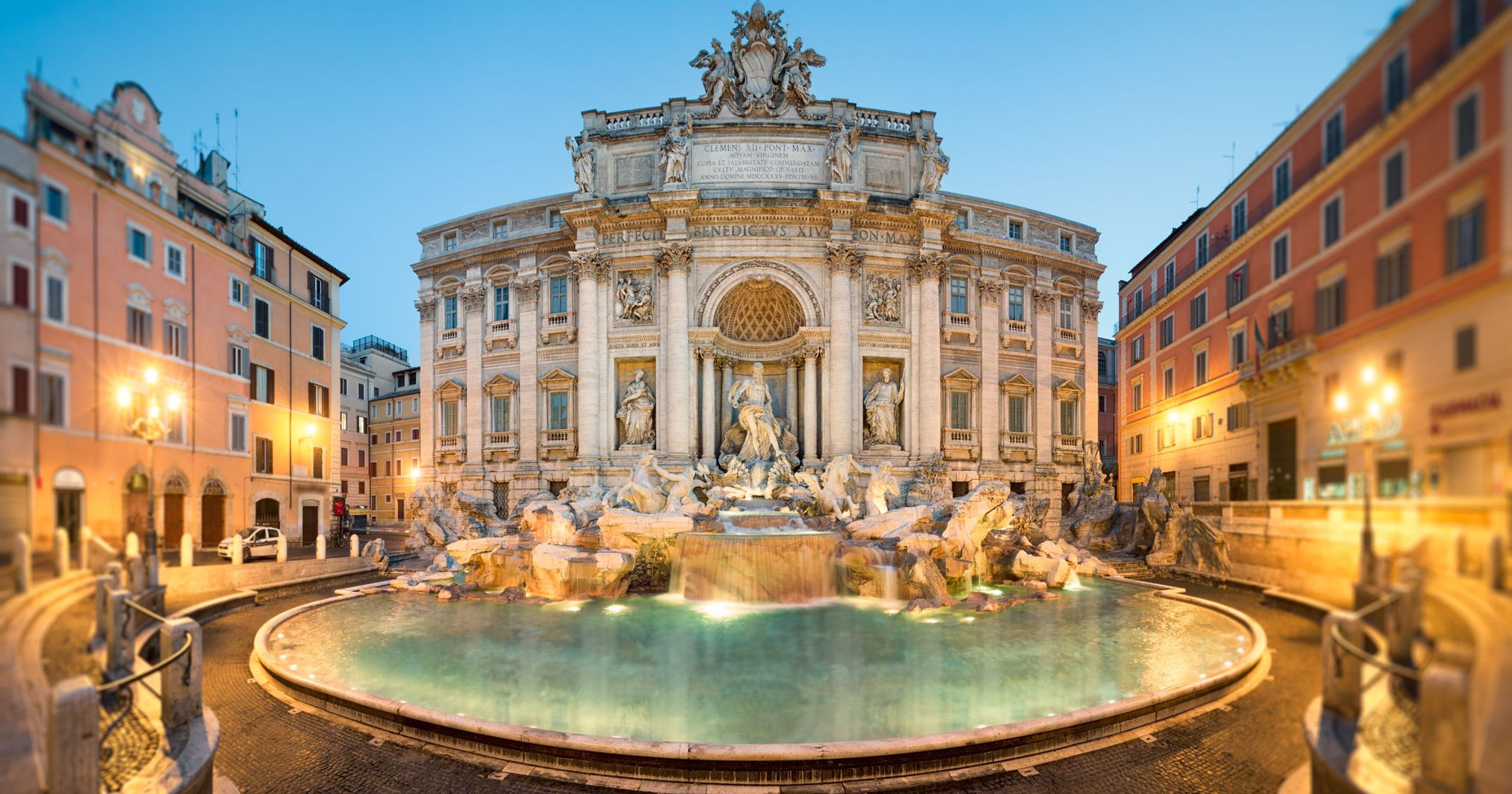Owl Statue of Dijon, France
The 850-year-old Notre Dame Cathedral is not only famous for its mysterious Gothic architecture but also for the Dijon owl statue outside the stone wall. The statue is only a hand's length, but legend has it that anyone who rubs the owl's face with their left hand will have all their wishes come true. In European mythology, the owl is a symbol of Athena, the goddess of wisdom, and gradually, the people here have considered it a symbol of the city. The image of the owl appears everywhere from football team shirts, restaurants to tourist attractions.

Lincoln's Tomb, USA
Located in Oak Ridge Cemetery in Springfield, Illinois, the mausoleum of the 16th US president Abraham Lincoln has a rather unique architecture. Located in the center of a 51,000 m² hill, the mausoleum is made of granite quarried in Massachusetts and divided into two floors: the first floor is rectangular with a semicircular gate and the second floor is a tower-shaped memorial. In front of the mausoleum entrance is a bronze portrait of Lincoln with a prominent shiny nose. The reason for the statue's appearance comes from a mysterious story that people have passed on to each other: if you rub the statue's nose, all good luck will come to you.

Il Porcellino wild boar statue, Italy
Florence is the birthplace of the European Renaissance in the 15th and 16th centuries. The city still retains almost intact the ancient works of art and architecture from hundreds of years ago. In particular, the statue of the wild boar Il Porcellino located in the city center not only has a unique Baroque style, but also attracts tourists with strange legends. Legend has it that if you put a coin in the pig's jaw and let it fall through the iron grating below, you will have good luck. And if you rub the pig's snout, you will have the opportunity to return to Florence.

Statue of St. John of Nepomuk, Czech Republic
Built in 1357 in Gothic architecture, Charles is a stone bridge across the Vltava River, Prague, which plays a role in attracting domestic and foreign tourists because of its ancient and sophisticated beauty. Along the two sides of the bridge are 30 statues carved from the 17th century, they are a harmonious combination of two art styles Gothic and Baroque. But the most famous is the statue of Saint John of Nepomuk. Saint Nepomuk was a great priest under King Wenceslas IV and died in this very Vltava River. Local people say that if you touch the relief carved on the base of the statue, it will bring good luck and the opportunity to return to this place again.

Trevi Fountain, Italy
The Trevi Fountain is the largest Baroque fountain in Rome, the eternal masterpiece of Nicola Salvi and Giuseppe Pannini. Made primarily of limestone and Carrara marble, the fountain features the god Oceanus riding a shell-shaped chariot pulled by horses and two Tritons. It features 30 different species of plants. Italians believe that throwing a coin over your left shoulder into the Trevi Fountain will make you return to Rome, two coins will make you fall in love with a Roman, and three coins signal your wedding bells. Whether true or not, the fountain earns nearly $4,000 a day. Each morning, the coins are scooped up and donated to local charities.

Blarney Stone, Ireland
Located near the beautiful village of Blarney is the 600-year-old Blarney Castle, surrounded by vast, unspoiled forests. At the top of this castle is a sacred stone called the Stone of Eloquence. Since the late 18th century, the locals have passed down a sacred legend: anyone who kisses the stone upside down will be blessed by the goddess Cliodhna with outstanding eloquence. Every year, this place attracts countless visitors to receive blessings. According to Christians, the stone is a piece of the famous Wailing Wall in Jerusalem. Those who kiss the stone will have good luck, but those who deliberately destroy or steal the Blarney Stone will face the wrath of the gods.


































